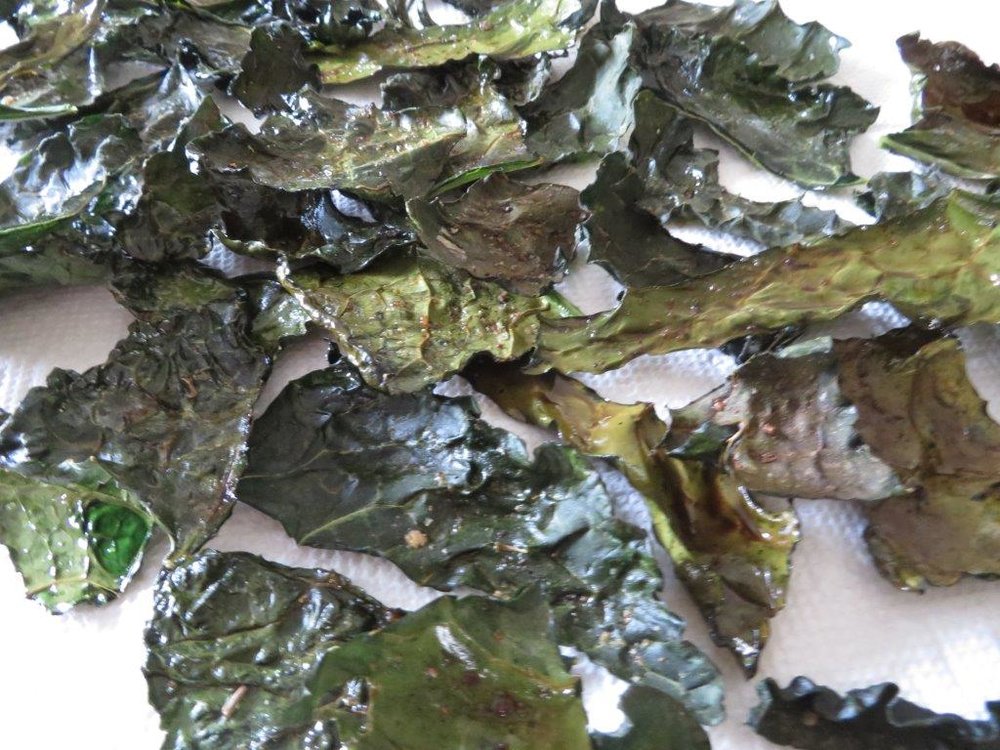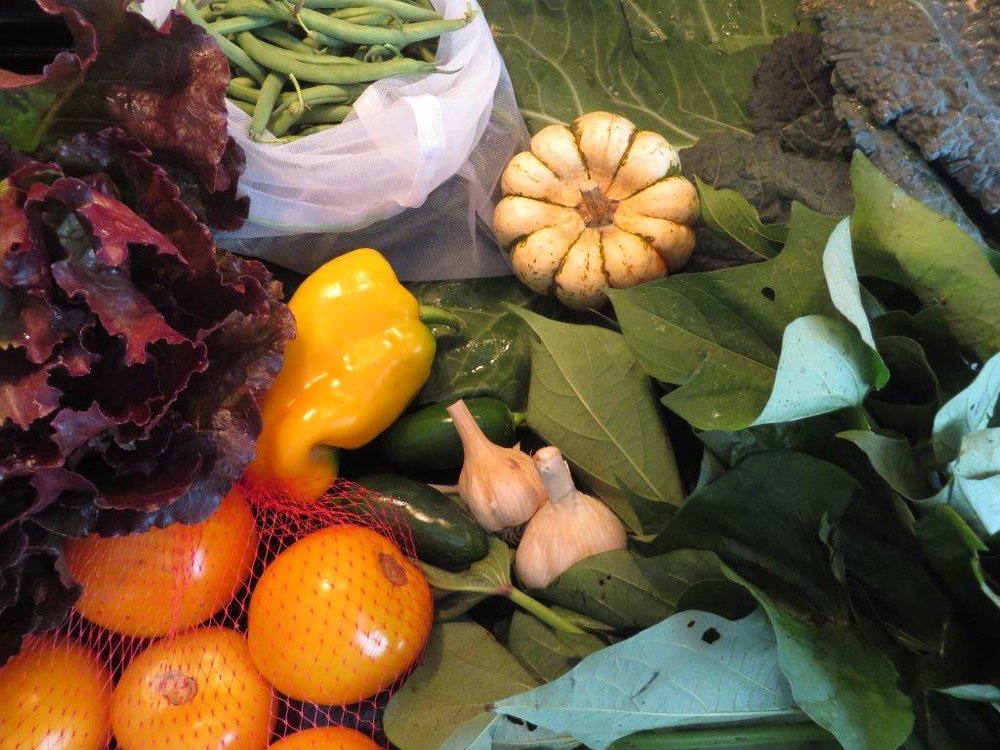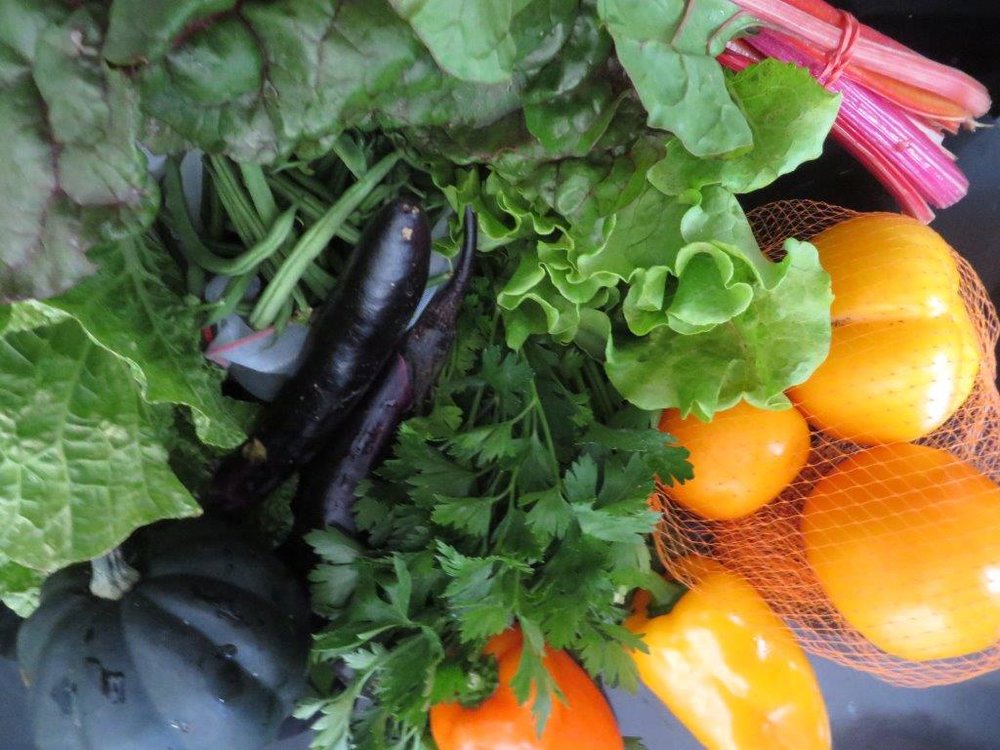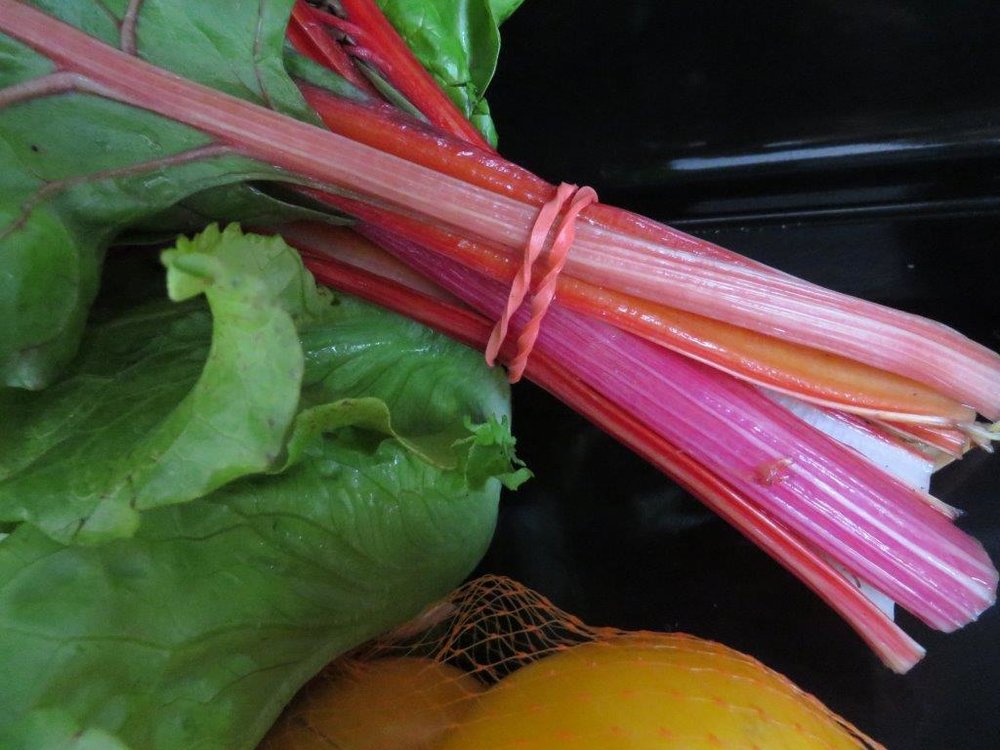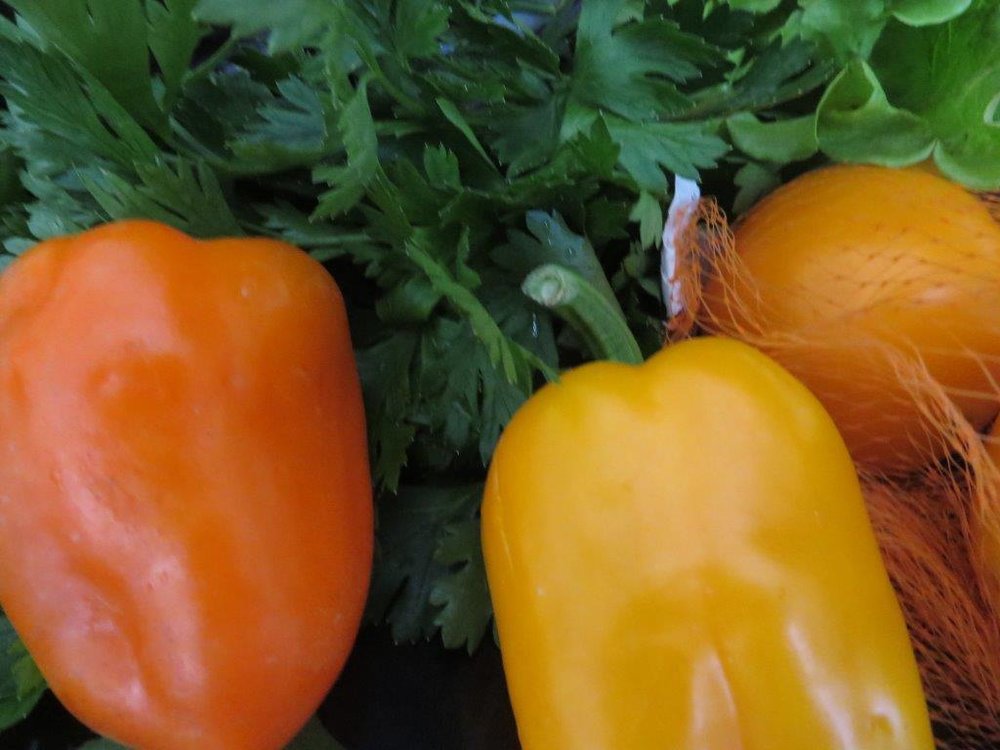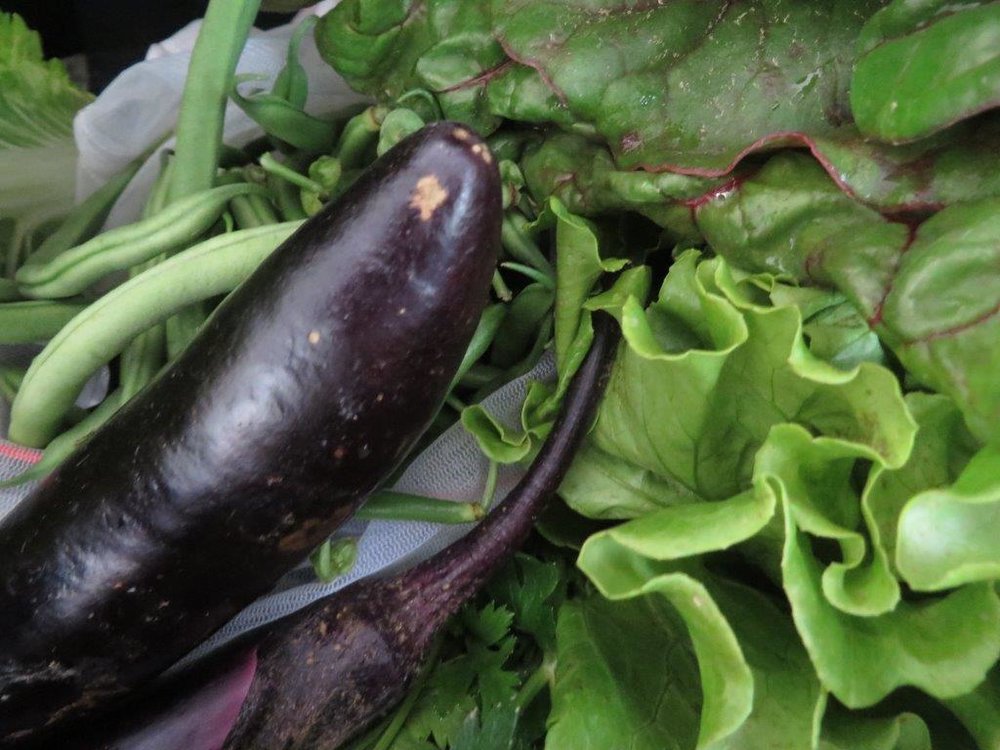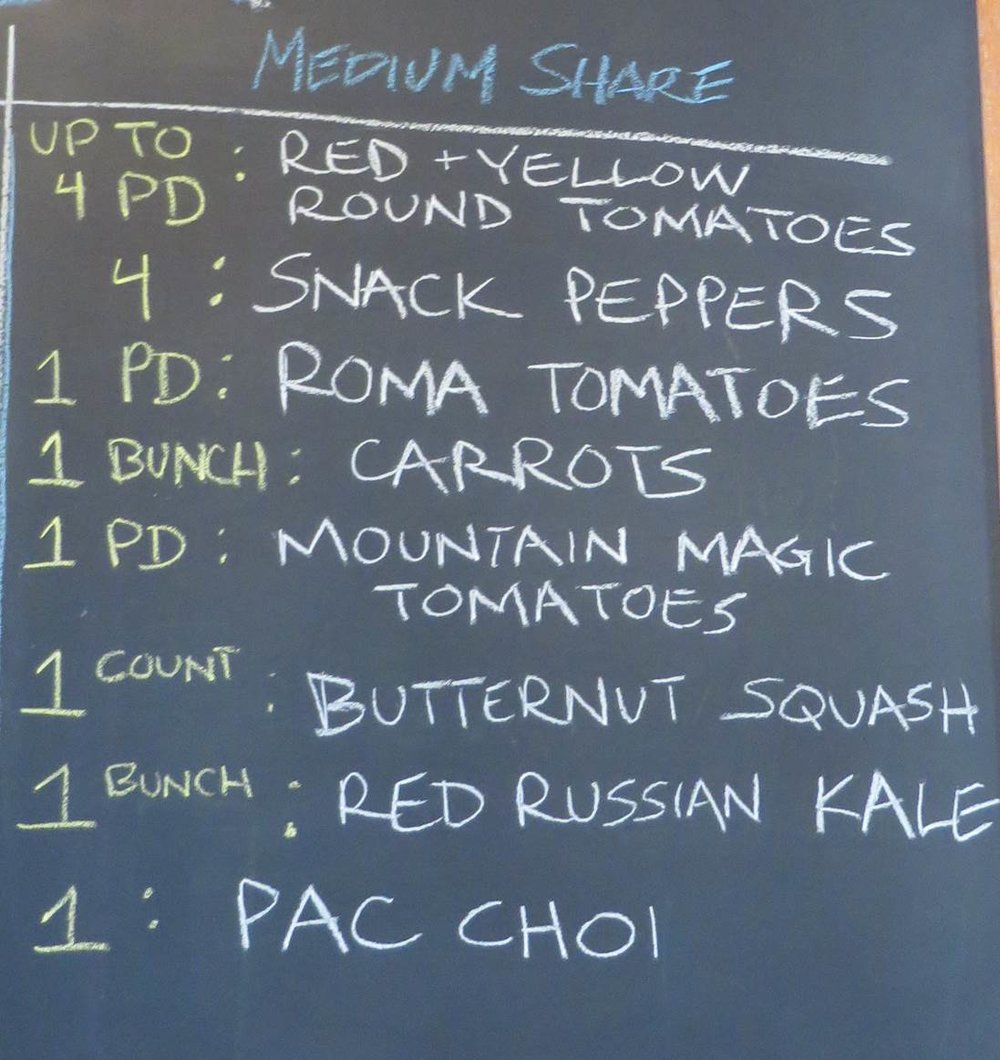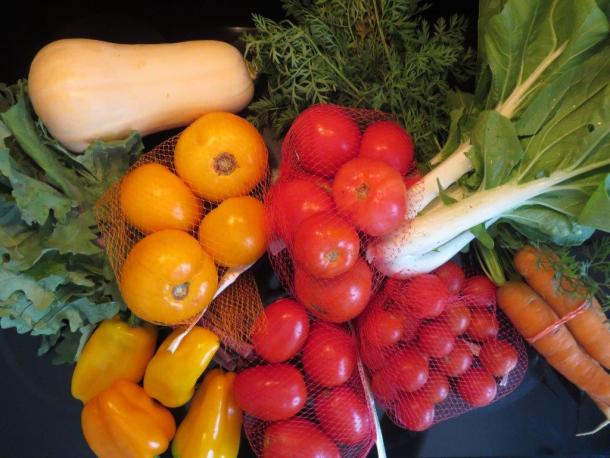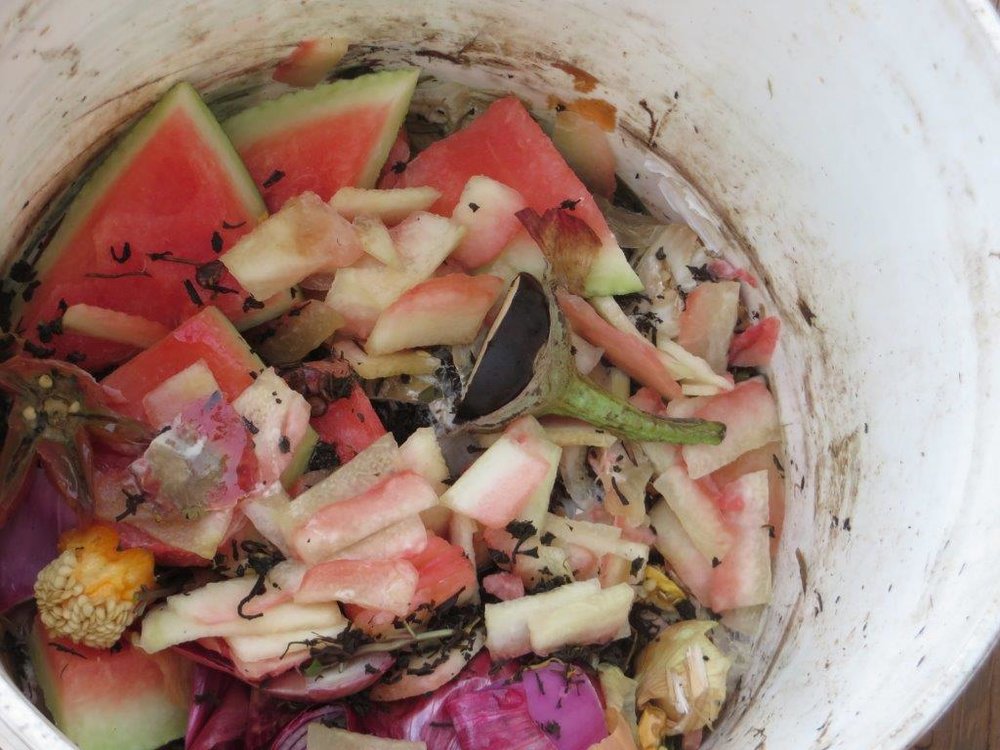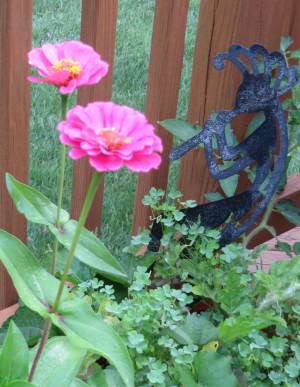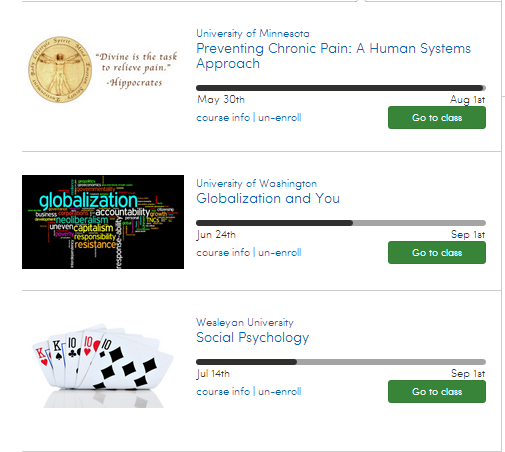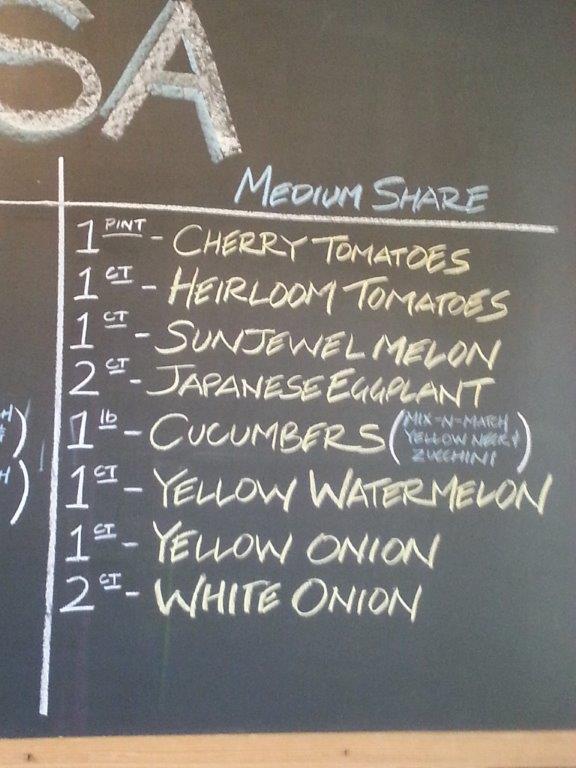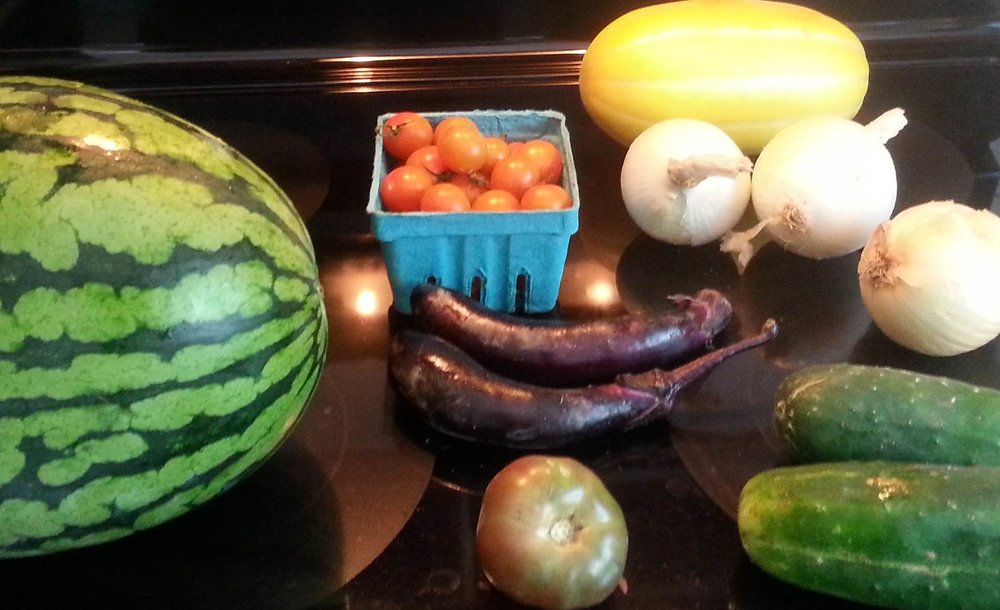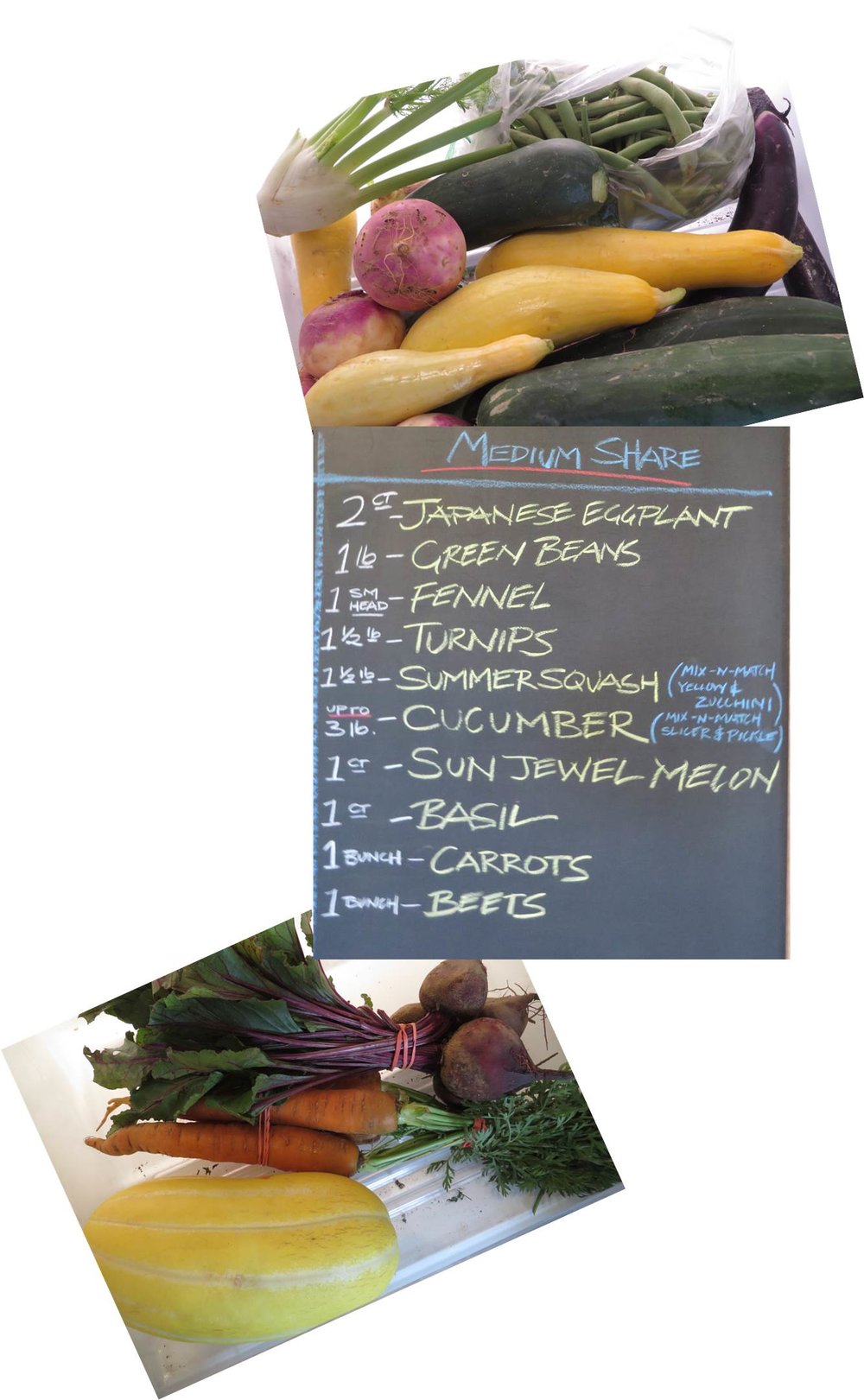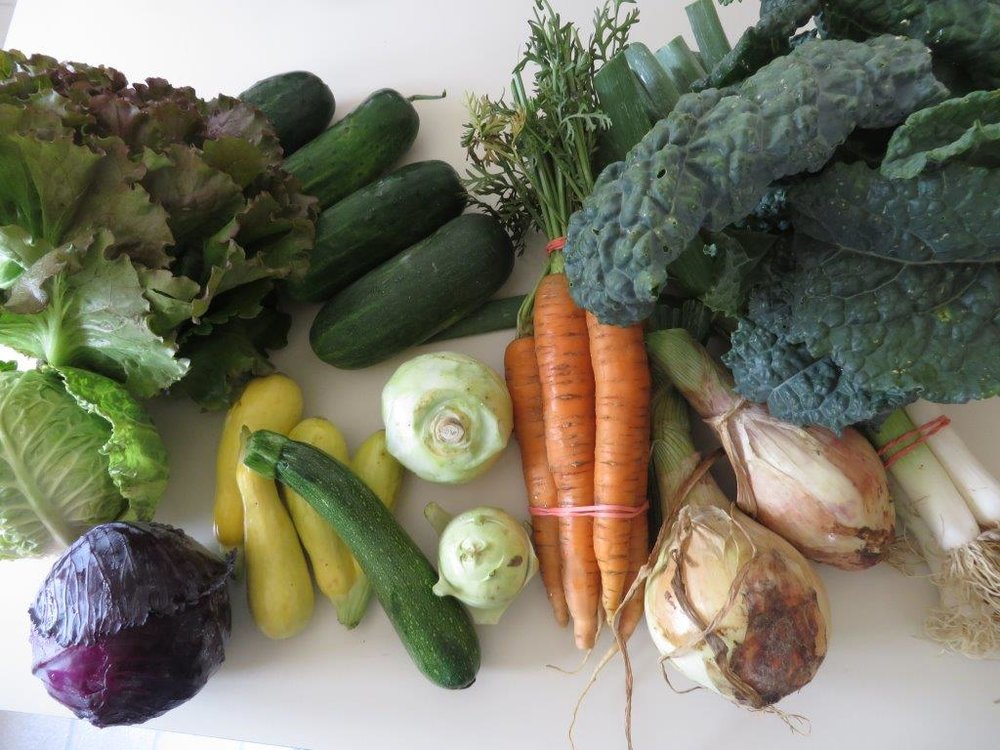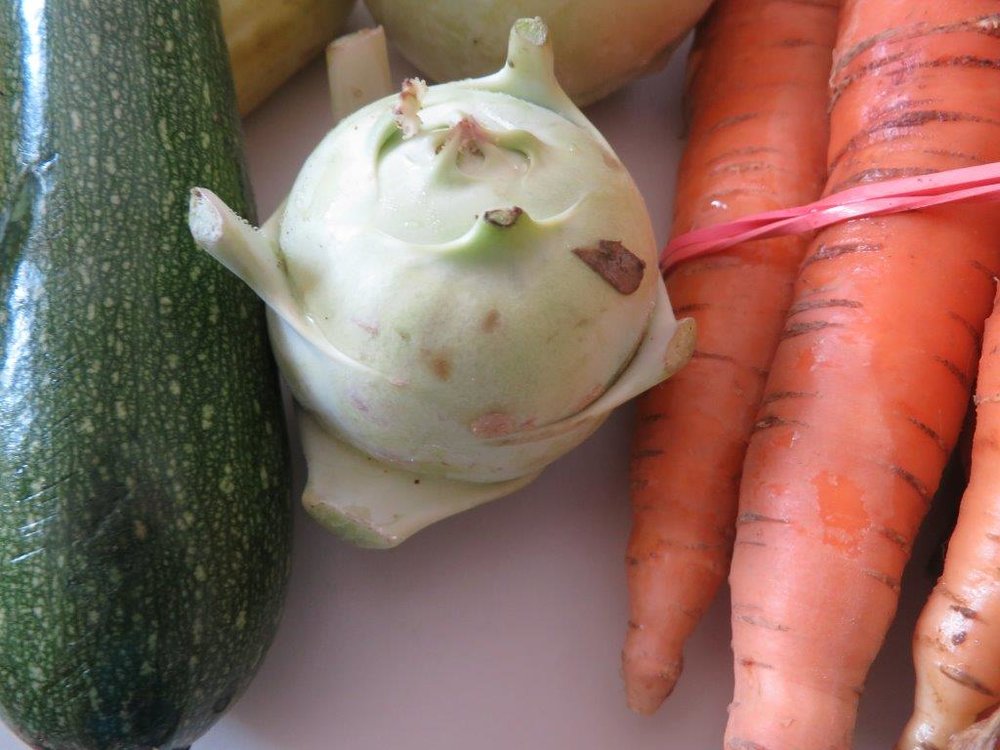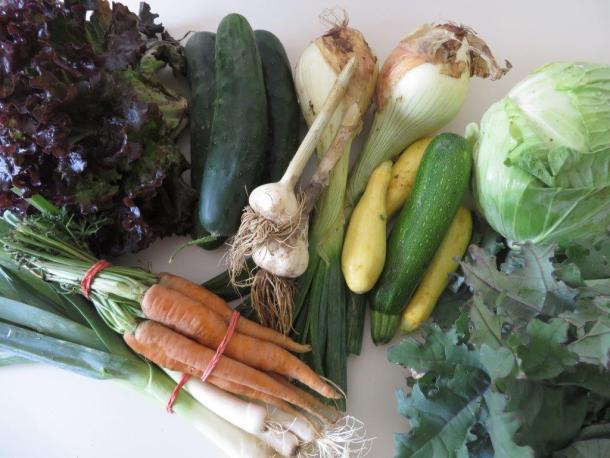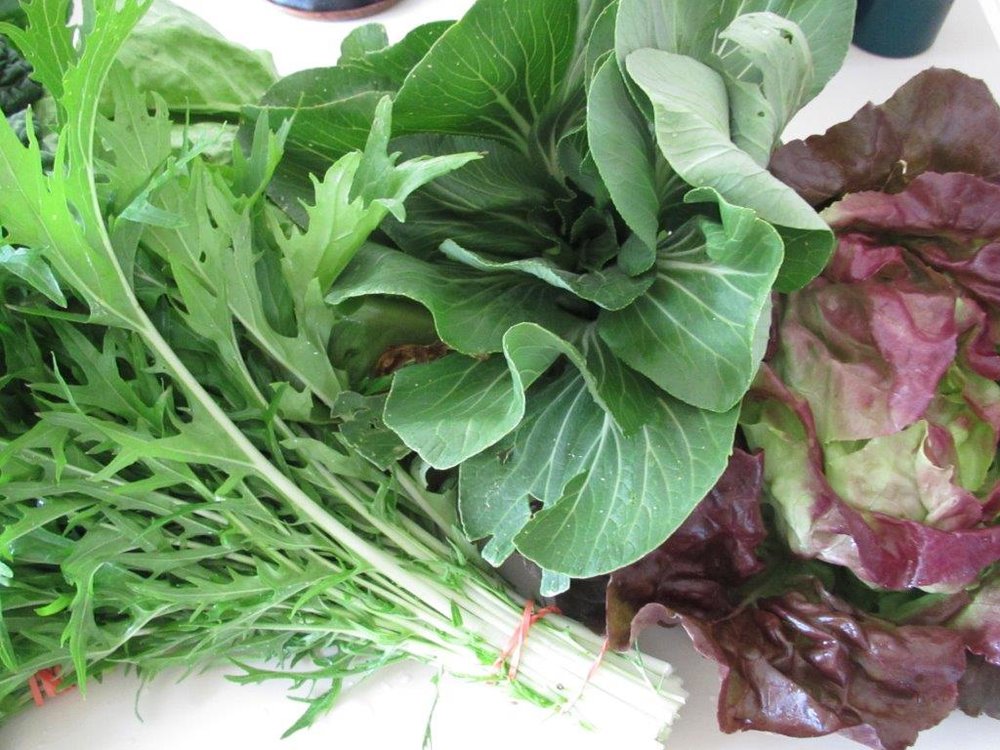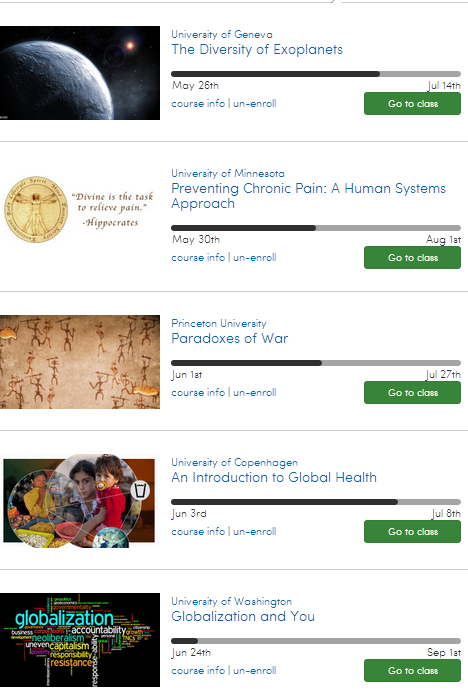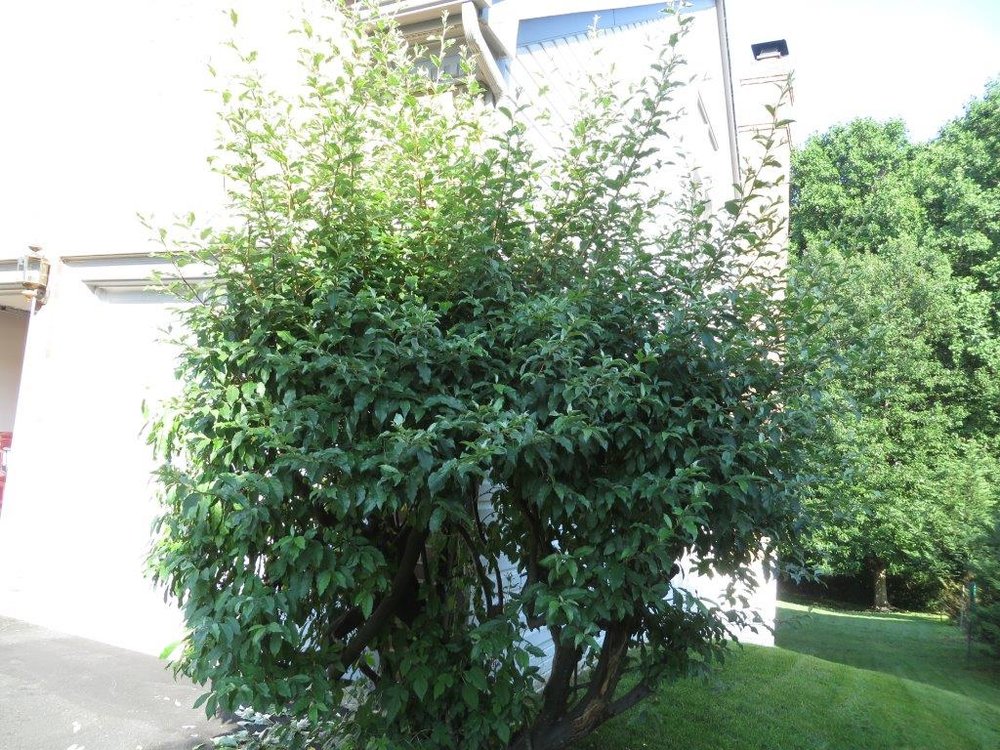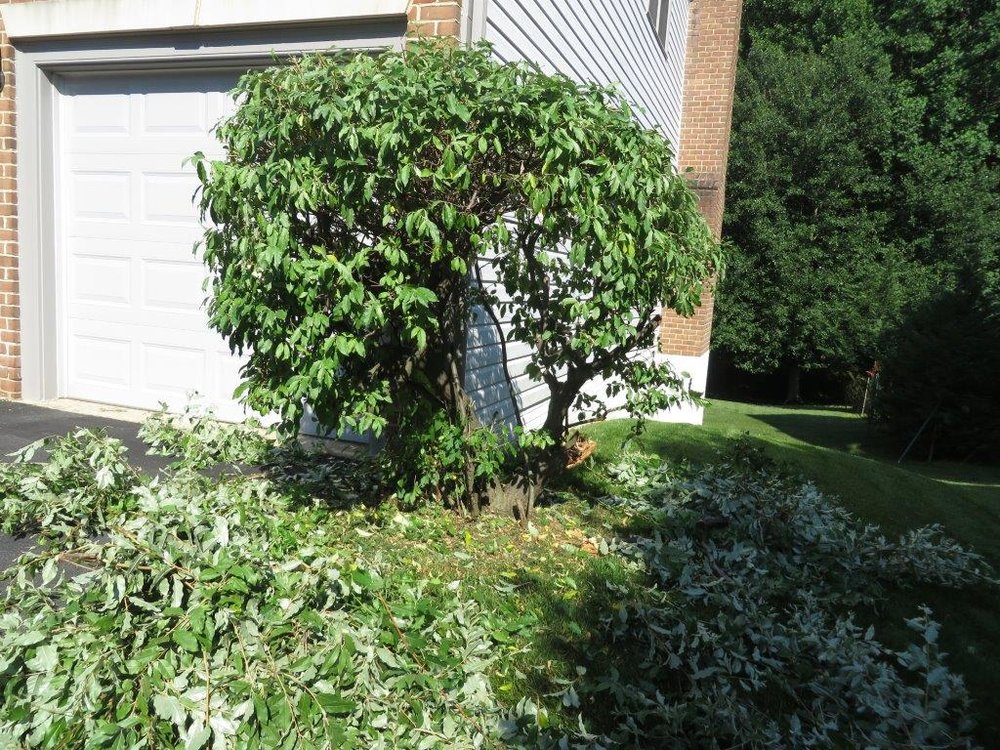School and then my career set the rhythm for most of my days for almost 60 years! The clock was a driver for when I got up in the morning…when I left home…when I did things all during the day…when I got home. It was quite an adjustment when that ended. What would the new anchors be? Did I want to rejoice in wild variety every day? It took me over a year to settle into the rhythm that fits me best (for now). The ‘anchors’ are very basic: sleeping and eating! I re-discovered very quickly that sleeping and eating at about the same times every day made is easier for me to feel healthy and ready for just about anything I wanted to do for the other times of the day.
Waking up. I don’t use an alarm clock any more (unless I have to get to the airport really early) but I am definitely a morning person. My rule is that if I wake up and it’s after 5 AM - I get up. Usually that happens between 5 and 6. I am dressed and going down for breakfast within about 30 minutes. The house is generally very quiet while I eat my breakfast and read…another 30 minutes.
Morning activity 1. There is a lot of variety in the activities during the day….but not so much the first one. Usually it is at the computer - meal planning, starting online coursework, checking news headlines, responding to email. Groceries stores open early enough that sometimes the weekly grocery shopping gets done in this time….or I may leave for a volunteer gig.
Snack. Since I don’t eat a big breakfast, I almost always have a snack between 9 and 10….a piece of fruit is probably my favorite.
Morning activity 2. The activity times before and after lunch seem to be the most variable of the day - house cleaning, gardening, volunteer gig, course work, reading or writing, or exercise. I do a lot at the computer but it is not sedentary time - I bounce and lean on my Swopper chair all the time I am in front of the computer.
Lunch is always around 11:30. I am realizing that I rarely cook involved meals. A big salad, stir fry or soup are all quick meals if all the ingredients are already in the kitchen!
Afternoon activity 1. Add to the list of morning activities the possibility of a nap. This is the time slot if I take a nap…not a frequent occurrence but it does happen.
Snack. Hummus and carrot chips about 3PM - yummy and it fuels my afternoon.
Afternoon activity 2. In the winter time this may be the best time for outdoors exercise to catch the best warmth of the day.
Dinner. I like dinner between 5:30 and 6. It’s early enough that most of the year we have sunlight to see food we are cooking on the gas grill.
Evening activity 1. I am always trying to finish the blog for the next day or the videos for a course during this activity period….so it is usually in front of the computer again.
Reading/going to sleep. Reading is my way of winding down for the day. Sometimes I can tell my metabolism is slowing down and I wrap myself in a small blanket to be warm and comfy in the easy chair…and then about 10 I am sleepy enough to go to bed.
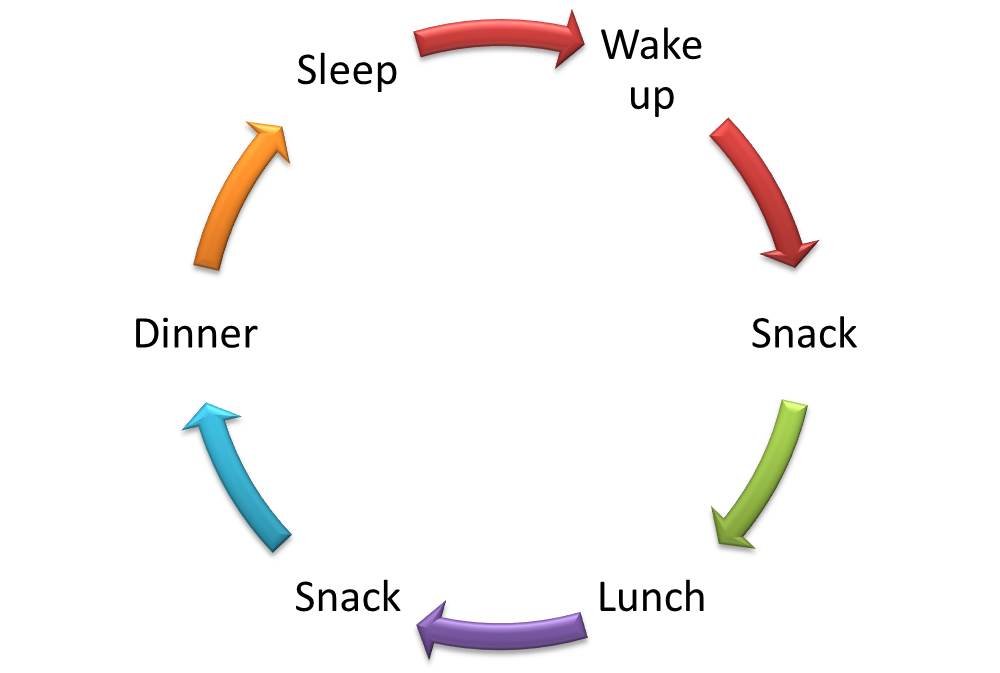 One of things I’ve gotten better about over the past few years is preserving the basic “wakeup --> snack --> lunch --> snack --> dinner --> sleep” rhythm even when I am traveling. It takes planning but is well worth the effort to sustain the good way I feel physically at home when I am away.
One of things I’ve gotten better about over the past few years is preserving the basic “wakeup --> snack --> lunch --> snack --> dinner --> sleep” rhythm even when I am traveling. It takes planning but is well worth the effort to sustain the good way I feel physically at home when I am away.

